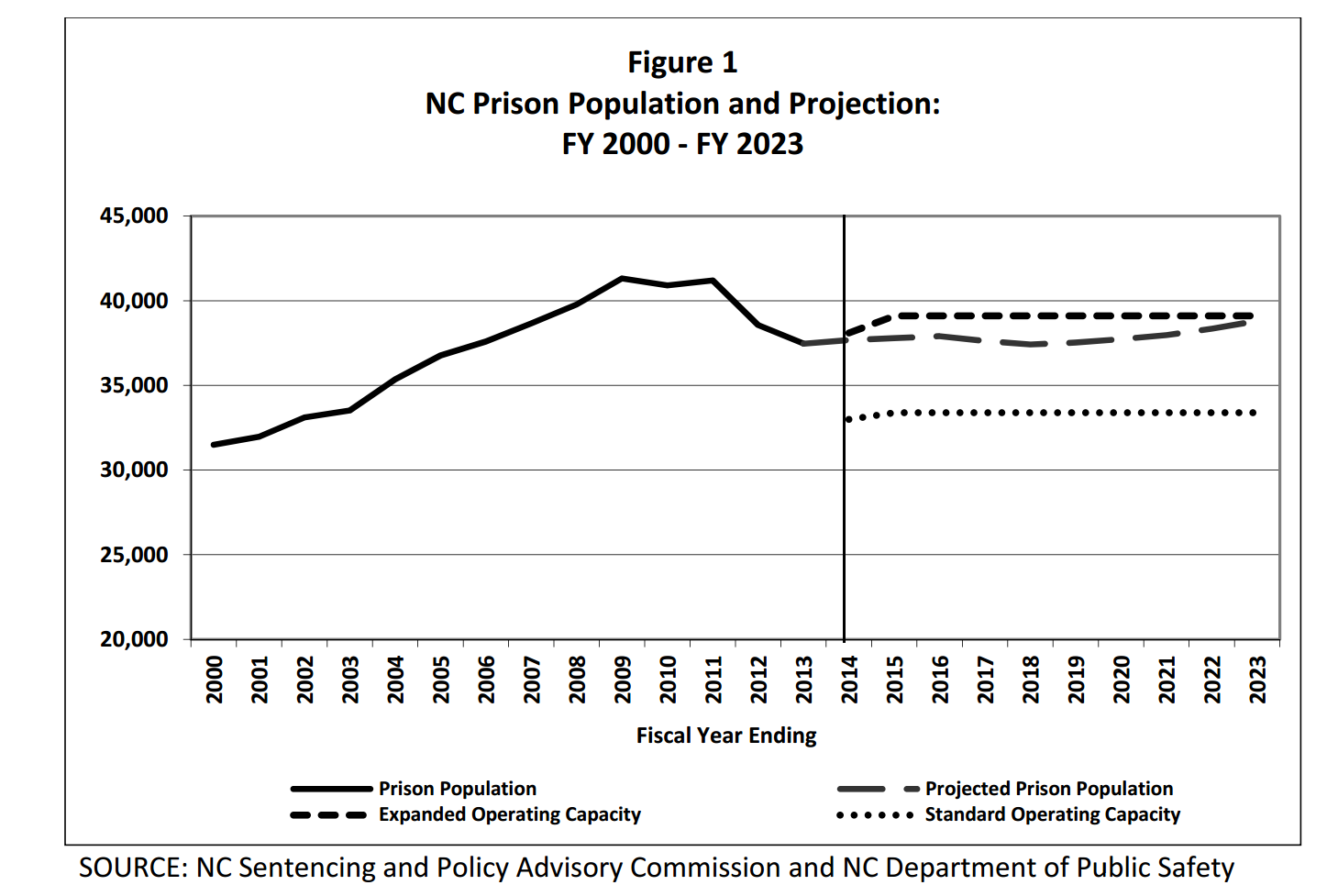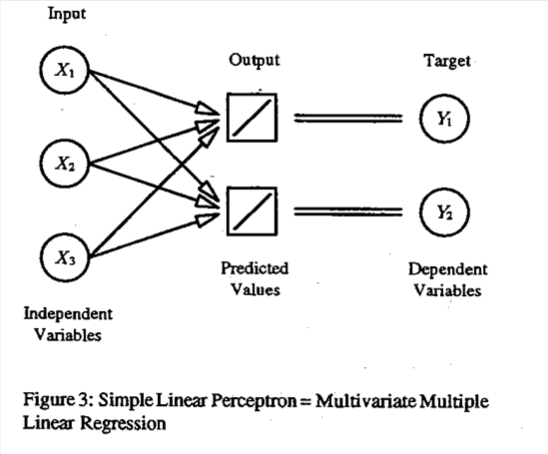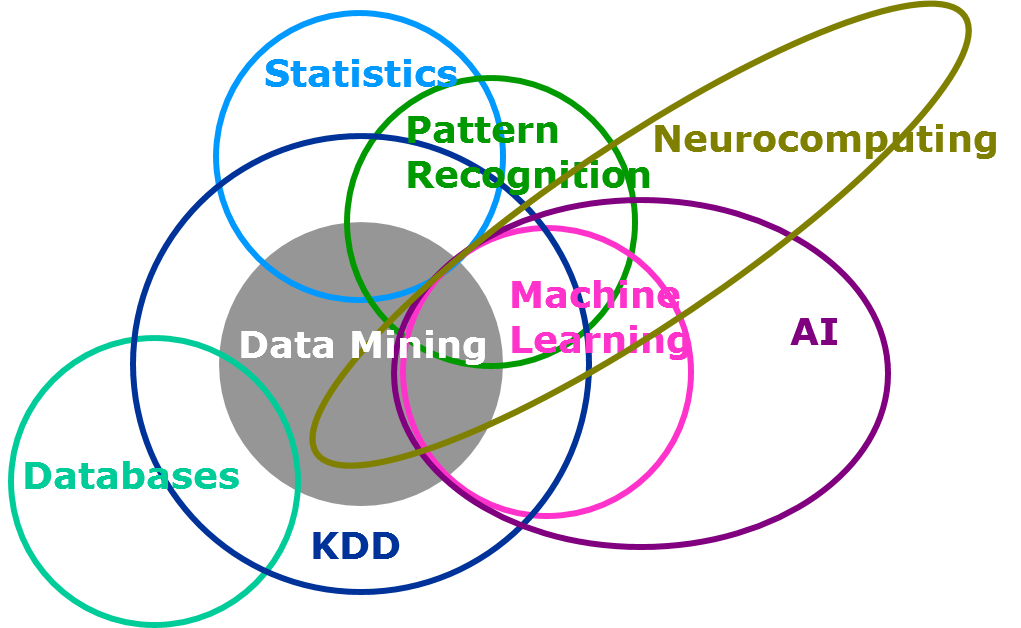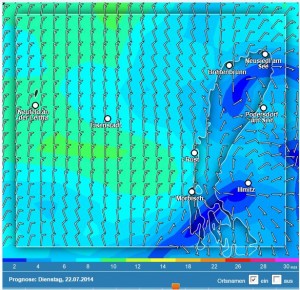The SAS Data Science Blog
Advanced analytics from SAS data scientists
In 2011, the passage of the federal Justice Reinvestment Act (JRA) brought significant changes to North Carolina’s criminal sentencing practices, particularly in relation to the supervision of offenders released into the community on probation or post-release supervision. A recent New York Times article highlighted how NC has used the implementation

At the KDD conference this week I heard a great invited presentation called How to Create a $1 billion Model in 20 days: Predictive Modeling in the Real World – A Sprint Case Study. It was presented by Tracey de Poalo from Sprint and former Kaggle President and well known

A while back The Wall Street Journal published the article “Corporate Economists Are Hot Again“ that chronicles the resurgence of in-house economists in corporate America. The role of a corporate economist may bring about visuals of classic economist stereotypes (watch Ben Stein play to this stereotype as a teacher in

Looking forward, ten of my SAS colleagues and I are heading to New York City this weekend for KDD 2014: Data Science for the Social Good, which runs August 24-27. This event’s full name is the 20th Association for Computing Machinery Special Interest Group on Knowledge Discovery and Data Mining,

It is a mild summer evening in July at Lake Neusiedl here in Austria. The participants of the traditional YES Cup Regatta are sitting with beer and barbecue chops on the terrace of our clubhouse. The mood is relaxed, and everyone wants to tell their story after two eventful races.

My esteemed colleague and recently-published author Jared Dean shared some thoughts on how ensemble models help make better predictions. For predictive modeling, Jared explains the value of two main forms of ensembles --bagging and boosting. It should not be surprising that the idea of combining predictions from more than one




